 Last January we posted about two US Navy Riverine Command Boats (RCBs) with a combined crew of ten sailors which were apprehended by Iranian Revolutionary Guard boats in the Gulf. One or both of the RCBs had suffered a mechanical failure and had drifted into Iranian waters. The sailors were released unharmed after 16 hours in custody. Now the Navy has completed its five month study of the incident. Last week the head of 5th Fleet fired Capt. Kyle Moses, the commander of the task force in charge of the riverine squadron. Now a total of nine Navy officers and enlisted personnel are facing disciplinary charges.
Last January we posted about two US Navy Riverine Command Boats (RCBs) with a combined crew of ten sailors which were apprehended by Iranian Revolutionary Guard boats in the Gulf. One or both of the RCBs had suffered a mechanical failure and had drifted into Iranian waters. The sailors were released unharmed after 16 hours in custody. Now the Navy has completed its five month study of the incident. Last week the head of 5th Fleet fired Capt. Kyle Moses, the commander of the task force in charge of the riverine squadron. Now a total of nine Navy officers and enlisted personnel are facing disciplinary charges.
The report concluded that shoddy navigation, poor maintenance and a lack of oversight created a chain of errors that resulted in the the two U.S. Navy patrol boats being seized at gunpoint in Iranian territorial waters. As reported by Navy Times:
Among the key findings of the investigation: Continue reading

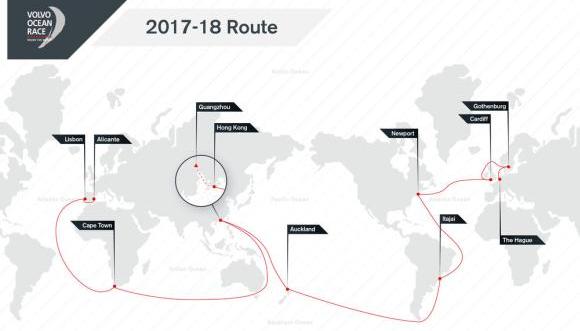 The route for the 2017-2018
The route for the 2017-2018 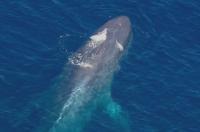 On Monday, a
On Monday, a  History was made yesterday at the Panama Canal when the container ship
History was made yesterday at the Panama Canal when the container ship  June 25th is celebrated globally as the
June 25th is celebrated globally as the 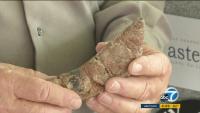 You never know what you will find in a landfill.
You never know what you will find in a landfill. 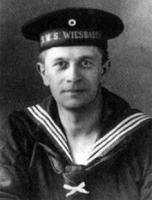
 Congratulations to the schooner
Congratulations to the schooner  After being tied to the dock for several years, the
After being tied to the dock for several years, the 
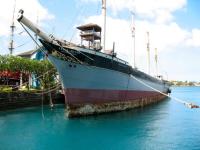 In May 2015, we
In May 2015, we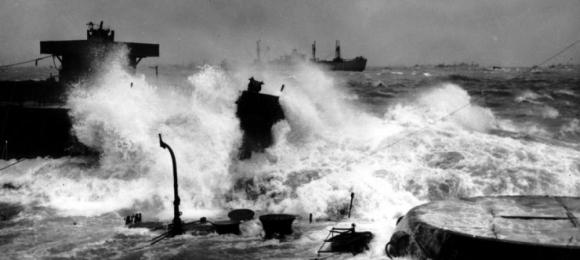
 Guirec Soudée, a 24 year old sailor, has spent the last two years sailing the globe with a female chicken named Monique. Soudée began the cruise in the Canary Islands in May 2014, sailing to St. Barts in the Caribbean and then to Greenland on his boat, Yvinec. Apparently, Monique has proven to be both good company and a reliable producer of eggs.
Guirec Soudée, a 24 year old sailor, has spent the last two years sailing the globe with a female chicken named Monique. Soudée began the cruise in the Canary Islands in May 2014, sailing to St. Barts in the Caribbean and then to Greenland on his boat, Yvinec. Apparently, Monique has proven to be both good company and a reliable producer of eggs.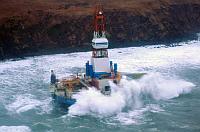
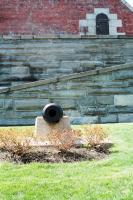 Defending New York Harbor: The City’s Waterfront Forts is an exhibit of photographs by
Defending New York Harbor: The City’s Waterfront Forts is an exhibit of photographs by  The
The 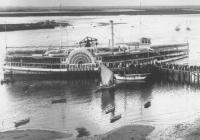 One hundred and twelve years ago today, the disaster on the
One hundred and twelve years ago today, the disaster on the 
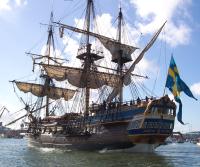 Sad news. The
Sad news. The